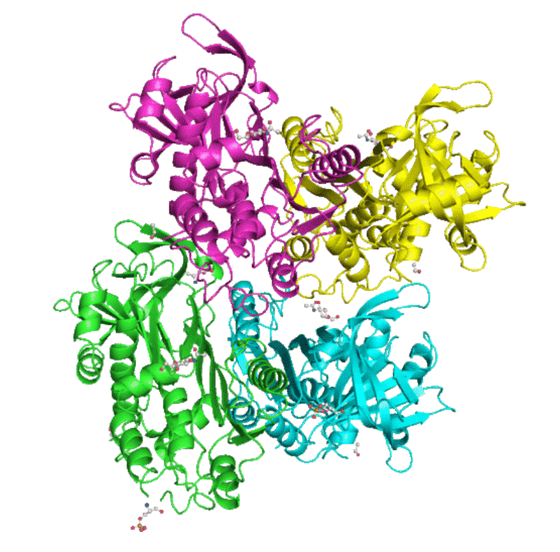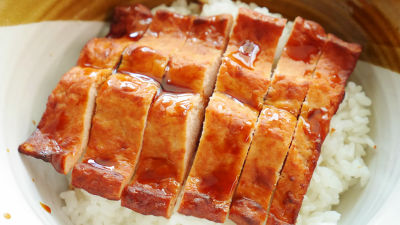Can a fried egg burn if you drop an egg on the hot concrete lit by the sun?

Even if the season is spring in March, Japan will still be cold, but Australia in the Southern Hemisphere has the opposite season to Japan, so March is from late summer to early autumn. Still, due to recent climate change, the temperature often exceeds 40 degrees Celsius. Chris Thompson, Deputy Dean of the Faculty of Science at Monash University, explains whether fried eggs can be burned by dropping eggs on concrete that has been struck by the midsummer sun.
Sunny side up: can you really fry an egg on the footpath on a hot day?
Eggs are composed of shells and karaza , egg whites and yolks. The edible parts are egg white and yolk, but these two components are very different. Egg white, which makes up about two-thirds of the mass of an egg, is 90% water and the rest is protein. In contrast, about half the mass of egg yolk is made up of water, one-quarter is fat, one-sixth is protein, and the rest is carbohydrate.
Water and protein are the most common in egg white and yolk. The figure below shows the three-dimensional structure of the protein contained in egg white, and you can see the whole picture with a GIF animation by clicking it. What looks like a ribbon is a polymer chain in which a polypeptide formed by connecting amino acids is folded to form a three-dimensional structure, and these polymer chains further aggregate to form a three-dimensional structure (quaternary structure). Proteins have various functions depending on their structure. The protein contained in this egg white mixes well with water.

However, when heat is applied to a protein, its three-dimensional structure unravels and changes, so its properties also change significantly. In the case of egg white protein, it does not mix with water and coagulates. Therefore, when heat is applied to the egg, it hardens and cannot be restored.
The temperature of denaturation depends on the protein. In the case of proteins that make up egg white, it begins to coagulate at about 60 degrees and completely coagulates at about 80 degrees, but egg yolk begins to coagulate at about 65 degrees and completely coagulates at about 70 degrees. Onsen tamago made in Japan is made by heating eggs to a half-solidified state using this subtle temperature difference and the heat of the hot spring.
No matter how hot the midsummer day is, if the temperature of the concrete does not reach 80 degrees, the egg whites will not harden and it may be difficult to make a fried egg. Generally, the concrete that paves roads is black, which makes it easier to absorb the heat of the sun, but even so, in order for the temperature to be high enough to make a fried egg, the conditions such as sunlight, temperature, and materials must be met. impossible. In addition, concrete is far inferior to metal as a heat conductor, so heat passage to eggs is much worse than in a frying pan. There is also the problem that dropping eggs will lower the temperature of the concrete.
From this, Thompson said, 'If you try to bake a fried egg in concrete, you may be disappointed. It is much wise to bake in an indoor kitchen. Eggs heat up indoors and you too. Because you can cook in a cool place. '

Related Posts:







